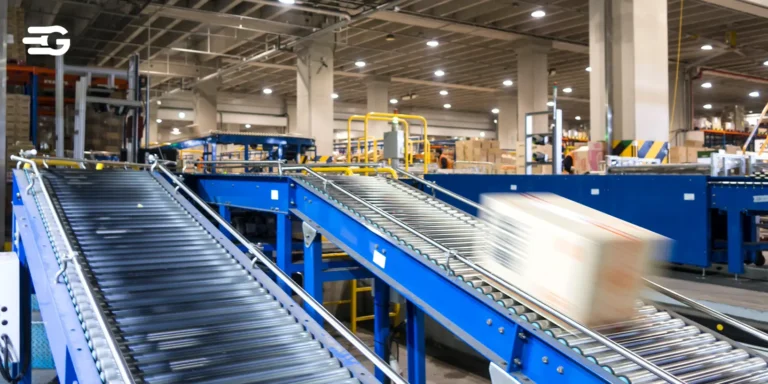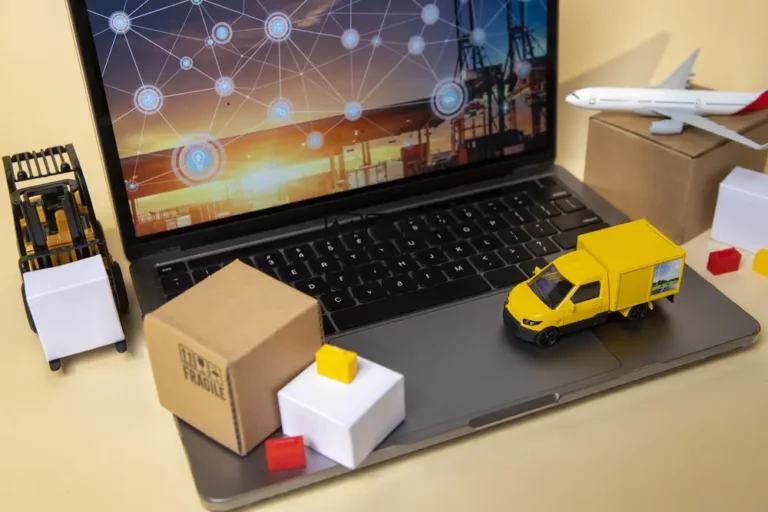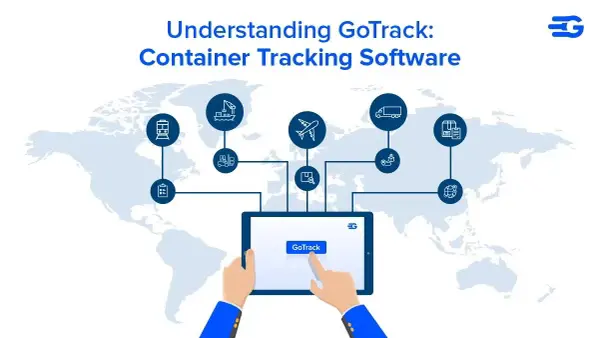[Complete Guide] What is Visible Supply Chain Fulfillment?
Most logistics companies are running their operations half-blind. You’ve got inventory scattered across warehouses, shipments moving through different carriers, and no real way to see what’s actually happening until something goes wrong. Visible supply chain fulfillment fixes this mess by showing you everything that’s moving through your network in real time.
Think of it this way – instead of waiting for customers to call and complain about late deliveries, you can see problems coming and fix them first. Stick around – we’ll break down exactly how this works and what it means for your bottom line.
Visible Supply Chain Fulfillment, Quick Overview
Visible supply chain fulfillment gives you complete real-time visibility into every step of your logistics operation. Instead of guessing where shipments are or when they’ll arrive, you see everything happening across your supply chain network instantly.
Traditional logistics works in disconnected pieces – your warehouse system, shipping software, and carrier tracking all operate separately. Visible supply chain-fulfillment connects these systems into one unified dashboard where you can monitor inventory, track shipments, and spot problems before they impact customers.
For example, during the Red Sea shipping crisis in 2024, companies using GoComet’s visible supply chain-fulfillment platform could immediately see which shipments were affected and reroute them around the Cape of Good Hope. While competitors scrambled to figure out where their cargo was, GoComet users already had new ETAs calculated and were updating customers proactively.
This turns logistics from constant firefighting into actual control over your operations.
Why Your Business Needs It
Your warehouse says a shipment left yesterday, but the customer is calling about a late delivery, and you’re stuck playing detective across five different systems.
Visible supply chain-fulfillment fixes this chaos by helping you to:
- Stop Overpaying Carriers – Catch billing errors and overcharges that slip through manual processes.
- End Customer Complaints – Know about delays before customers do and fix problems or communicate proactively. No more surprise angry phone calls.
- Kill Manual Work – Stop wasting hours updating spreadsheets and chasing down shipment status. Automated tracking saves 20-30 hours per week for most teams.
- Prevent Inventory Disasters – See exactly what’s coming and when, so you’re not stuck with empty shelves or overstock situations.
- Catch Problems Early – Spot carrier delays, weather issues, or port congestion while you can still do something about it.
Without visibility, you’re just hoping everything works out. With visible supply chain-fulfillment, you actually control your operation.
Key Features of Visible Supply Chain-Fulfillment Systems
Modern visible supply chain-fulfillment platforms pull data from every part of your supply chain and turn it into actionable intelligence that keeps your business running smoothly.
The best platforms handle everything from inventory management to carrier performance monitoring.
Here’s what you should expect from a comprehensive visible supply chain-fulfillment system:
| Feature | What It Does | Business Impact |
| Multi-Modal Tracking | Monitors shipments across road, rail, ocean, and air in one platform | No more juggling multiple carrier portals |
| Predictive ETAs | Uses AI to forecast actual delivery times based on real conditions | Accurate customer communications and inventory planning |
| Automated Alerts | Sends notifications for delays, route changes, or exceptions | Catch problems before they become crises |
| Performance Analytics | Tracks carrier performance, costs, and delivery metrics | Data-driven decisions on carrier selection |
| ERP Integration | Connects with existing warehouse and accounting systems | Eliminates manual data entry and errors |
| Stakeholder Portals | Gives customers and vendors access to relevant shipment data | Reduces support calls and improves relationships |
These features work together to give you complete control over your logistics operation. But having the right system is only half the battle – you need to implement it correctly to see real results.
Common Problems Visible Supply Chain-Fulfillment Solves
Companies often have frustrating problems that eat into profits and drive customers away.
Most of these problems stem from one root cause: you can’t fix what you can’t see. Some of the biggest pain points that visible supply chain-fulfillment directly addresses are:
- Ghost Shipments – Orders that disappear somewhere between your warehouse and the customer. You’re stuck calling carriers, checking multiple systems, and still can’t give customers straight answers about where their stuff is.
- Inventory Black Holes – Products that show “in stock” in your system but are actually sitting in a truck somewhere or lost in a distribution center. Customers order items you can’t actually deliver on time.
- Surprise Delivery Failures – Finding out about failed deliveries when angry customers call instead of knowing about problems while you can still fix them. These surprise failures destroy customer relationships.
- Carrier Performance Mysteries – Having no idea which carriers consistently deliver late, damage products, or overcharge until it’s too late. You’re making carrier decisions based on hope instead of data.
- Manual Status Updates – Spending hours every day updating spreadsheets, calling carriers for status updates, and manually entering tracking information instead of focusing on growing your business.
- Customer Service Nightmares – Your support team constantly fielding “where’s my order” calls because they have no real-time information to share with frustrated customers.
These problems don’t just waste time – they cost real money and damage your reputation.
Visible supply chain-fulfillment systems turn these daily headaches into manageable, automated processes.
Getting Started with Implementation
Implementing visible supply chain-fulfillment isn’t just about buying software and hoping it works. Most companies that fail with these systems skip the planning phase and jump straight to installation. Smart logistics managers take a systematic approach that ensures success from day one.
The key is treating implementation as a business transformation, not just a technology upgrade.
Step 1: Audit Your Current Mess
Document every system, process, and pain point in your current operation. Map out exactly how orders flow from entry to delivery and identify where information gets lost. This audit becomes your blueprint for what the new visible supply chain-fulfillment system needs to fix.
Step 2: Pick the Right Platform Partner
Look for proven solutions like GoComet that specialize in end-to-end supply chain visibility. GoComet handles multi-modal tracking, offers predictive analytics, and has helped companies save up to 12% on logistics costs while reducing manual work by 80-90%. GoComet also integrates with existing ERP systems and provides audit-ready reporting.
Step 3: Plan Your Data Migration
Identify which historical data you need to preserve and how it will transfer to the new visible supply chain-fulfillment platform. Create a timeline for moving active shipments without losing tracking information.
Step 4: Train Teams Before Go-Live
Don’t wait until launch day to train your staff. Start with power users who can become internal champions, then expand training to all stakeholders. Include your customers and key vendors in training sessions so everyone knows how to use the new visibility tools.
Step 5: Set Success Metrics Early
Define exactly what success looks like before implementation starts. Track metrics like cost per shipment, customer complaint resolution time, and manual hours spent on logistics coordination. Measure these before and after your visible supply chain-fulfillment system goes live.
Conclusion
The logistics industry is splitting into two groups: companies that can see what’s happening in their operations and companies that are still guessing. Visible supply chain-fulfillment isn’t just nice-to-have technology anymore – it’s becoming the baseline for staying competitive.
Your next step is simple: stop accepting blind spots in your logistics operation. Companies like yours are already using platforms like GoComet to cut costs, reduce manual work, and actually control their supply chains instead of just hoping everything works out.
![[Complete Guide] What is Visible Supply Chain Fulfillment? 1 Supply Chain Examples](https://www.gocomet.com/blog/wp-content/uploads/2025/04/Supply-Chain-Examples-An-Ultimate-List-to-Learn-From.webp)



